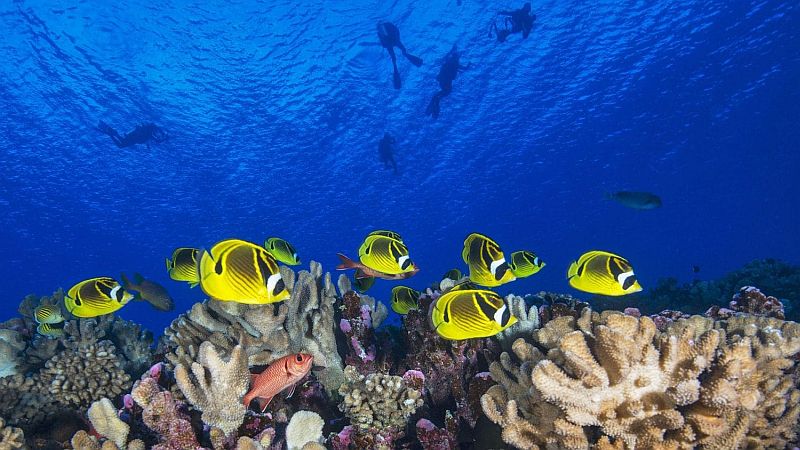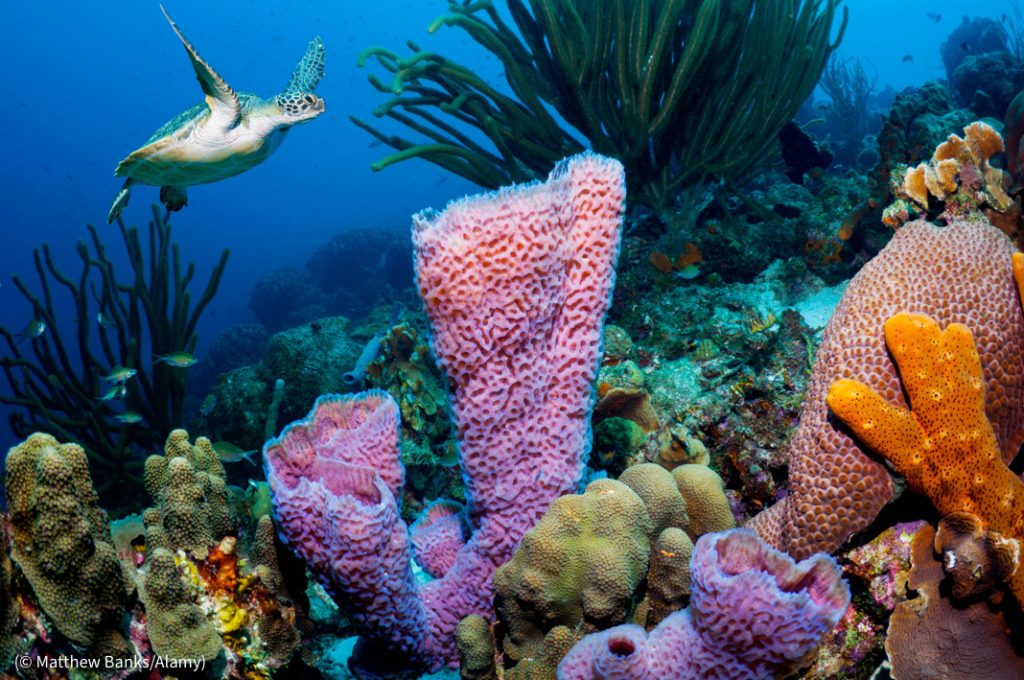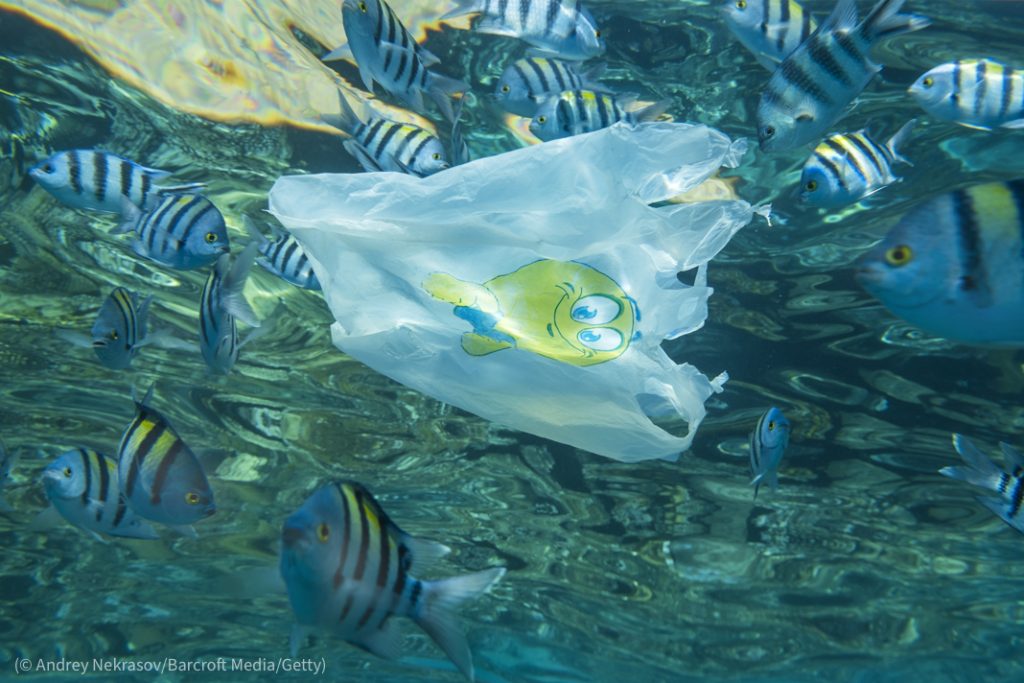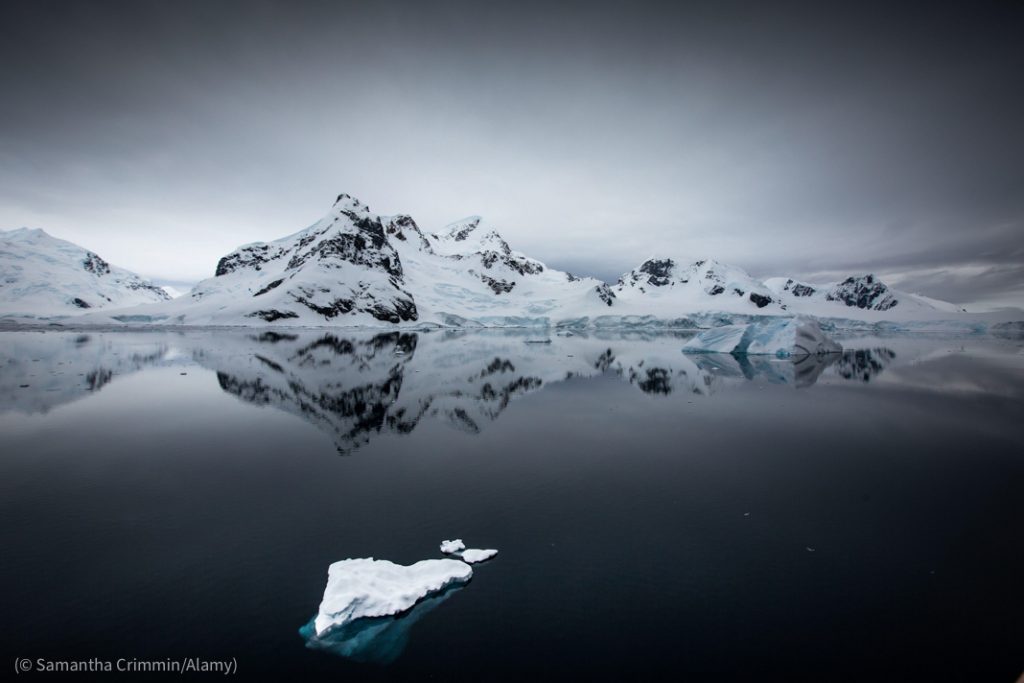
There is only one global ocean – a vast body of water that covers 71% of the Earth. That ocean is geographically divided into five ocean basins: the Atlantic, Pacific, Indian, Arctic and Southern.
A healthy planet needs a healthy ocean. The interdependency of the five basins and humans’ dependence on the marine environment will be highlighted June 8, on World Oceans Day 2022, with the theme “Revitalization: Collective Action for the Ocean.”
Listed below are five interconnected threats that pose the biggest challenges to ocean health, along with measures to tackle each of these issues:
Climate change

The climate crisis is also an ocean crisis. The ocean has absorbed 20% to 30% of human-caused carbon dioxide emissions since the 1980s. And more than 90% of the warming that has happened on Earth during the past 50 years has occurred in the ocean.
As the ocean absorbs more heat and carbon dioxide, sea surface temperatures, sea levels and ocean acidification rise. This can increase storm and flood damage, harm to marine species and biodiversity loss.
The U.S. supports efforts to achieve net-zero greenhouse gas emissions by 2050 to protect the ocean. Ocean-based ways to help decarbonize include scaling up offshore renewable energy, reducing emissions from shipping and ports, and restoring coastal “blue carbon ecosystems” – such as mangroves and seagrasses – which not only capture and store carbon dioxide but also protect coasts.
Unsustainable fisheries

Fish provide nutrition for more than 3 billion people and support the livelihoods of 12% of the world’s population. But more than one-third of the ocean’s fish stocks are being harvested beyond sustainable levels.
Overfishing can affect entire ecosystems, depleting fish stocks and endangering vulnerable species like sea turtles. Overfishing threatens fishers’ long-term livelihoods.
The United States champions building cooperative, science-based rules to ensure that fisheries can be sustainable for the long term. The U.S. also works to reduce “bycatch” of other marine life along with a target catch. For example, the U.S. requires that shrimp imported from other countries are not caught in ways that also harm endangered sea turtles.
Illegal, unreported and unregulated fishing

One of the greatest challenges facing international fisheries is illegal, unreported and unregulated (IUU) fishing. Such fishing costs the world tens of billions of dollars each year. It harms coastal communities that rely on sustainable fishing for income and for food to eat.
IUU fishing operations can involve criminal activities like money laundering, drug trafficking and human trafficking – including forced labor.
The United States works closely with other countries to combat IUU fishing and is working to build international rules that can help countries to monitor and control their fishing vessels and their waters. The U.S. wants strong multilateral programs and standards in place – such as the Port State Measures Agreement – that increase oversight of seafood in trade and prevent IUU-caught fish from entering the market.
Pollution

Scientists estimate that there are more than 136 million metric tons of plastic pollution in the ocean, with another 7 million metric tons added each year. That works out to a full garbage truck’s worth of plastic pollution entering the ocean every minute!
Once in the water, plastic never fully biodegrades. It can entrap or be ingested by fish, seabirds, turtles and marine mammals.
The United States manages waste to reduce marine debris at home and helps other countries improve their waste management, including finding ways to stop abandoned fishing gear from entering the ocean. The U.S. also undertakes research and promotes innovation to reduce plastic waste in the ocean.
Declining marine biodiversity

With marine life under threat, it’s important to establish marine protected areas, which can protect biodiversity and critical habitats, support fisheries, capture and store carbon, and build ocean resilience.
The United States has set a goal of conserving 30% of U.S. lands and waters by 2030. While most areas in need of conservation are closer to shore, there are also areas of the high seas – such as waters around Antarctica – that warrant protection. The U.S. continues to support marine protected areas in the Southern Ocean and elsewhere around the globe.
Source: Share America





